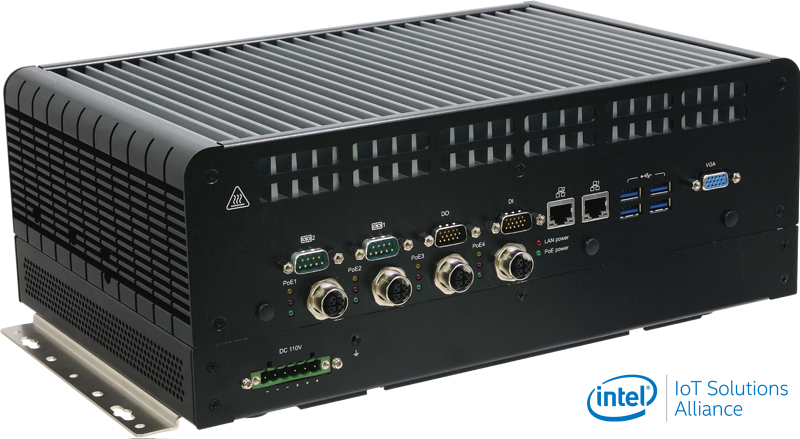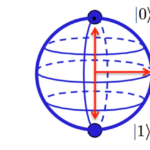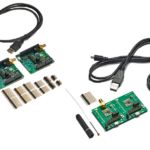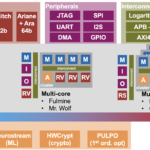 DFI has announced the RC300-CS high-reliability embedded system designed for the railway industry that requires reliable and high-performance AIoT edge computing.
DFI has announced the RC300-CS high-reliability embedded system designed for the railway industry that requires reliable and high-performance AIoT edge computing.
Railway has gradually stepped into the application areas of AIoT, such as autonomous driving, railway intrusion detection, and crowd flow analysis. In addition, the train is in a state of vibration for a long time, and the safety of a large number of passengers is involved. Therefore, all electronic equipment must adapt to different environments including shock, vibration, temperature, altitude, humidity, electrical properties, and fire protection to meet railway safety.
RC300-CS not only has powerful performance, rich I/O interface, complete GPU expandability brought by MXM, wider voltage input, and 5G networking capabilities that stand out in the industry but also has been certified by the E.U. railway standard, including electronic equipment EN50155, fire protection EN45545, and vibrations and shocks EN61373 to provide the most reliable and stable brain with both high performance and high scalability for the railway industry.
RC300-CS uses Intel’s 8th and 9th generation desktop Core processors and can be equipped with an Nvidia GeForce / Quadro MXM adapter, along with a maximum of 2560 CUDA cores and 8TFlops, which is powerful enough for autonomous driving. RC300-CS can operate in a harsh operating environment of -25°C~70°C and 9-36V or 77-137.5V, in response to a situation that often faces a huge temperature difference and unstable voltage. Four 15W PoE on M12X-coded connector and 2kV isolation protection DI/DO, which are conducive to deployment of peripheral equipment in the train. The excellent heat dissipation enables it to operate stably even if it is deployed under the driver or passenger seat where there is no airflow.
Because of ensuring uninterrupted network communication during driving, it is necessary to connect to different network services simultaneously. Therefore RC300-CS provides multiple M.2 & mini PCIe slots, which can expand LTE, 5G, Wifi/BT, GNSS, CAN bus, MVB (Multifunction Vehicle Bus). In addition, standard I/O interfaces are also readily available, including an externally swappable bay installed with four 2.5-inch SSDs, providing abundant data storage and data integrity brought by disk arrays.





Leave a Reply